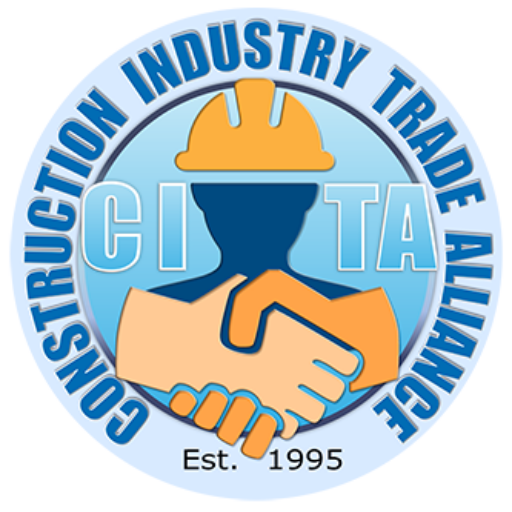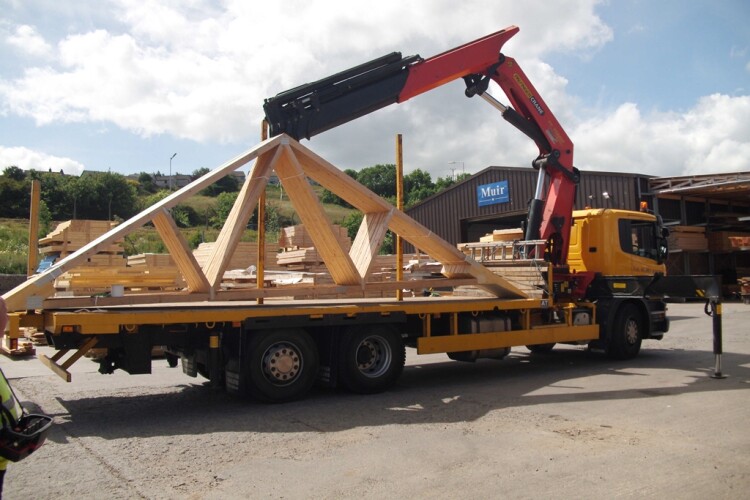This post was originally published on this site
https://www.theconstructionindex.co.uk/assets/news_articles/2025/06/1749707632_muir-timber-systems-factory–2-.jpgA survey of more than 80 UK timber frame manufacturers that build homes and schools reveals “a sector with growing pressure on its shoulders and diminishing clarity about how to meet it”, according to its authors.
The survey, Framing the future: The state of timber frame construction, was conducted by the Structural Timber Association and wood panel supplier Medite Smartply.
It shows that although there is a desire to meet higher performance standards, many respondents pointed to a disconnect between policy ambition and the practical realities of delivery.
Net zero targets add to the complexity. The Future Homes Standard (FHS), expected to be published this autumn, will require new-build homes to incorporate low-carbon heating and energy efficiency. The expectation is that homes built to the FHS will produce 75-80% fewer carbon emissions compared to previous regulations (Approved Document L 2013), with a strong focus on airtightness and high-performance building fabric, including walls, floors and roofs.
Chief among the concerns is the confusion surrounding pre-manufactured value (PMV), a metric central to many modern methods of construction (MMC) funding models. Nearly half of the survey respondents declined to disclose their PMV score, pointing to unclear definitions, a lack of relevance to smaller-scale operations or uncertainty about how the figure is even calculated. While Homes England and other government programmes incentivise high PMV through funding, such as capital grants for developments achieving 55% PMV or more, there remains no standardised industry process for calculation.

Compounding this is the perception that policy frameworks like the Future Homes Standard are increasingly geared toward volume developers. This is leaving smaller manufacturers, many of which are already building above-regulation, struggling to see where they fit into the picture.
“The industry isn’t short on innovation or intention, but a lack of clarity is knocking confidence,” said Roly Ward, Medite Smartply head of business development. “We’re hearing a clear message from the sector: manufacturers are being asked to move fast without clear footing. That’s not sustainable.”
“Fire safety is a prime example. It remains the number one challenge for almost half of respondents, yet testing regimes aren’t clearly defined and insurers still lack confidence. That’s a risky bottleneck. If we want MMC to scale, we need regulatory clarity, joined-up standards, and products that simplify the compliance journey, not complicate it further.”
The survey also highlights broader pressures, with 73% of manufacturers facing skilled labour shortages. Concerns were raised about the availability of apprenticeships, local training pathways and the general appeal of construction careers to younger workers.
Despite the concerns, product development requirements show an industry still wanting to innovate: 81% called for OSB panels with integrated fire resistance, with 43% naming fire performance as their number one challenge. Many manufacturers also expressed interest in multi-functional solutions that reduce the need for layered materials and on-site adaptations by streamlining compliance across airtightness, thermal performance and buildability.
Got a story? Email [email protected]


